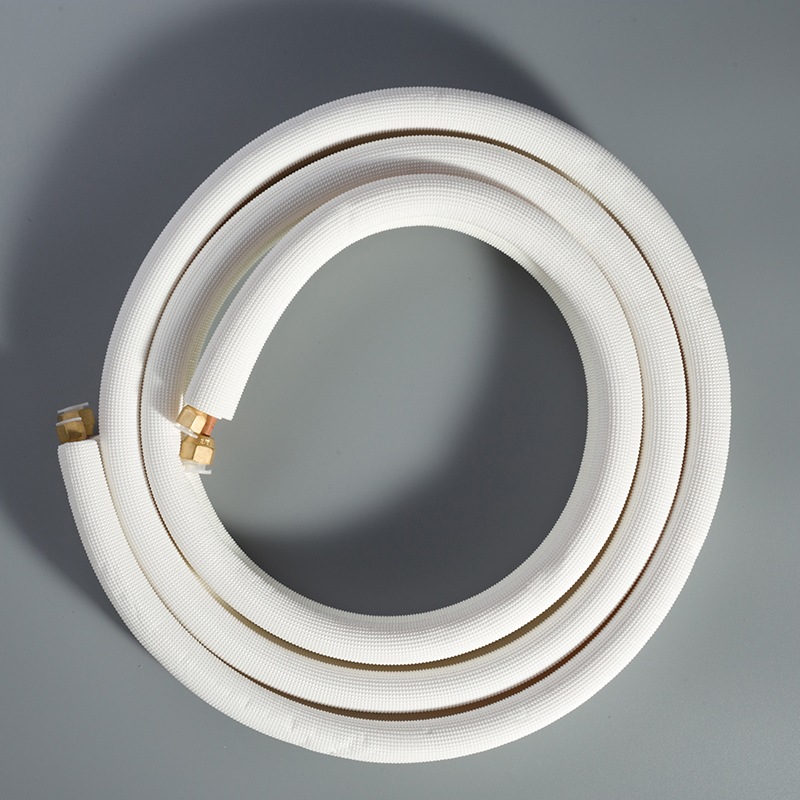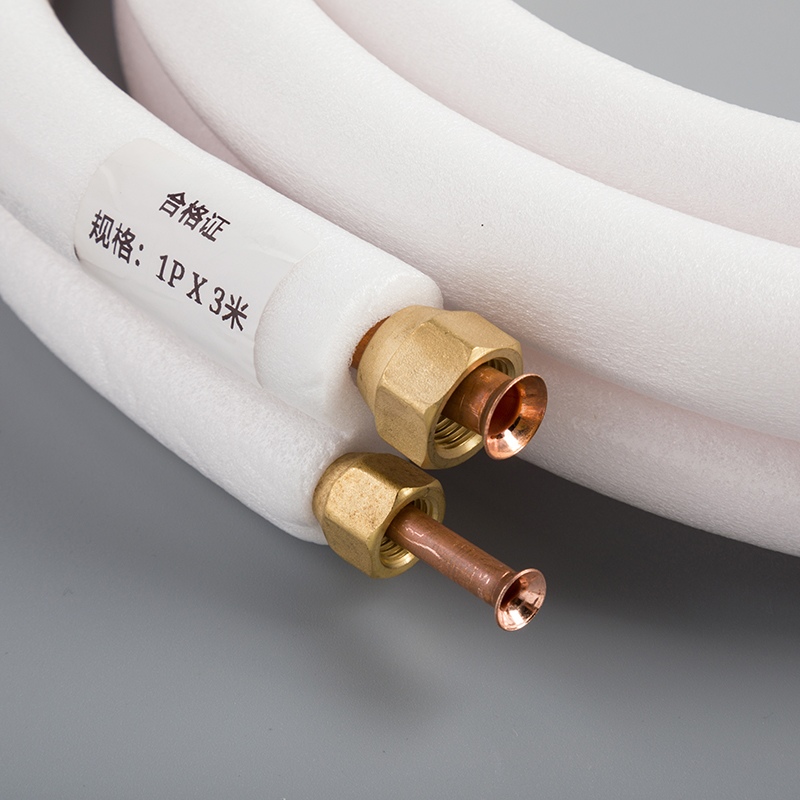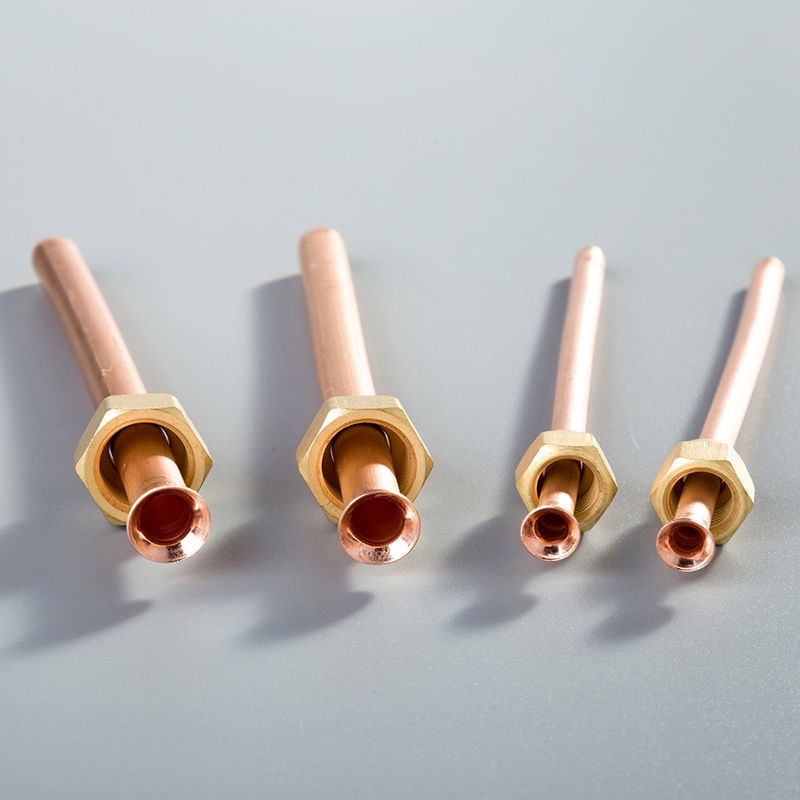Essential Tips for Installing Copper Pipes in AC Systems

Ensuring the proper installation of copper pipes in air conditioning systems is paramount for their optimal performance and longevity. This Tips blog post will guide you through essential tips for installing copper pipes in air conditioning systems effectively. From the initial preparation phase to the final checks, each step plays a crucial role in creating a robust AC system. Before diving into the detailed process, understanding the significance of precise installations and having the necessary tools and materials at hand are key foundations for success.
Preparation Phase
When embarking on the installation journey of copper pipes in air conditioning systems, it is vital to start with a well-prepared foundation. This section will guide you through the initial steps of gathering the necessary tools and materials and ensuring safety precautions are in place before diving into the intricate process.
Gathering Tools and Materials
To kickstart your project successfully, it is essential to have all the required tools and materials at your disposal. Here is a comprehensive list to ensure you are well-equipped for the task:
List of necessary tools:
Essential Plumbing Tools: Including solder, tinning flux, pipe supports, and more.
Copper Cutting Tools: Such as tubing cutters, hacksaws, and pipe cutters.
List of necessary materials:
Copper Pipe Installation Products: Essential products like solder, tinning flux, and pipe supports.
Prepping Copper Pipes: Steps for prepping copper pipes including shutting off water and drying them.
Safety Precautions
Prioritizing safety measures is paramount when working with copper pipes in AC systems to prevent accidents and ensure a smooth installation process. Here are key safety precautions to consider:
Personal protective equipment:
Utilize protective gear such as gloves, goggles, and appropriate attire to safeguard yourself during the installation.
Workspace setup:
Ensure your workspace is well-ventilated and free from any obstructions to facilitate a safe working environment.
Measuring and Cutting the Pipes

Accurate Measurement Techniques
Utilizing a measuring tape is crucial for precise measurements, ensuring the copper pipes are cut to the exact lengths required for a seamless fit.
Marking the pipes accurately with a pencil or marker based on the measurements obtained from the measuring tape guarantees precision in cutting and fitting the copper pipes effectively.
Cutting the Pipes
Employing a pipe cutter is essential to achieve clean and accurate cuts on the copper pipes, promoting smooth connections and preventing any disruptions in the airflow within the AC system.
Ensuring clean cuts on the copper pipes by removing any burrs using appropriate tools is vital for maintaining unobstructed water flow and facilitating proper fitting connections, ultimately enhancing the overall performance of the AC system.
Cleaning and Preparing the Pipes
Cleaning the Pipe Ends
Using a wire brush or pipe cleaner is essential to eliminate any debris or contaminants from the copper pipes, ensuring a clean surface for optimal soldering.
Removing oxidation from the pipe ends is crucial to promote a strong bond between the pipes and fittings, preventing any potential leaks in the AC system.
Applying Flux
Different types of flux are available for copper pipe installations, each serving specific purposes such as cleaning, deoxidizing, and facilitating solder flow for seamless connections.
Properly applying flux to both the cleaned pipe ends and fittings is vital to enhance the capillary action during soldering, resulting in durable and secure joints that withstand pressure and temperature changes effectively.
Heating and Soldering the Pipes

Heating the Pipes
Using a propane torch: Professionals recommend utilizing a propane torch to evenly heat the copper pipes. This method ensures that the pipes reach the optimal temperature for soldering, creating a strong and durable bond.
Ensuring even heating: To guarantee a successful soldering process, it is crucial to heat the pipes evenly along their length. This uniform heating prevents any weak spots in the joint, resulting in a secure connection that can withstand pressure variations within the AC system.
Soldering the Joints
Applying solder: The application of lead-free solder is a critical step in sealing the joints between copper pipes effectively. By carefully applying the right amount of solder at the correct temperature, professionals ensure a smooth flow and a secure bond that enhances the overall performance of the AC system.
Checking for leaks: After soldering, professionals meticulously inspect the joints for any potential leaks. This thorough examination guarantees that all connections are watertight and free from any defects that could compromise the efficiency of the air conditioning system.
Final Checks and Finishing Touches
Inspecting the Installation
Conduct a thorough visual inspection of the copper pipe installation to ensure all connections are secure and free from any visible defects.
Check each joint meticulously for signs of leaks or irregularities that could compromise the efficiency of the air conditioning system.
Verify that the pipes are aligned correctly and adequately supported to prevent any potential issues in the future.
Pressure Testing
Perform a pressure test on the copper pipes to assess their integrity under varying pressure conditions.
Increase the pressure gradually while monitoring for any leaks or weaknesses in the system.
This step is crucial to guarantee that the copper pipe installation can withstand normal operating pressures without any failures.
Cleaning Up
Remove any excess flux and solder residues from the work area using a clean rag or appropriate cleaning materials.
Ensure that all surfaces are free from debris or contaminants that could affect the performance of the AC system.
Dispose of any used materials responsibly according to environmental regulations and safety guidelines.
Summary of Key Points:
Copper pipes are a preferred choice in plumbing systems due to their corrosion resistance, durability, and longevity.
Accurate cuts on copper pipes are essential for secure connections, preventing leaks and maintaining the integrity of the plumbing system.
Final Tips and Reminders:
Prioritize precise cuts when working with copper pipes to ensure optimal performance.
Secure connections through accurate cutting techniques enhance the efficiency and reliability of your plumbing system.
Encouragement to Follow Safety Guidelines and Best Practices:
Embrace safety measures and best practices to guarantee a successful installation process while maximizing the longevity of your copper pipe system. Remember, precision in every step leads to a robust and efficient plumbing setup.
See Also
Effortless Guide: Professional Installation of AC Copper Tubing
Key Safety Rules for Twin Copper Pipe Installation
Benefits of Selecting Copper Tubing for AC Systems


